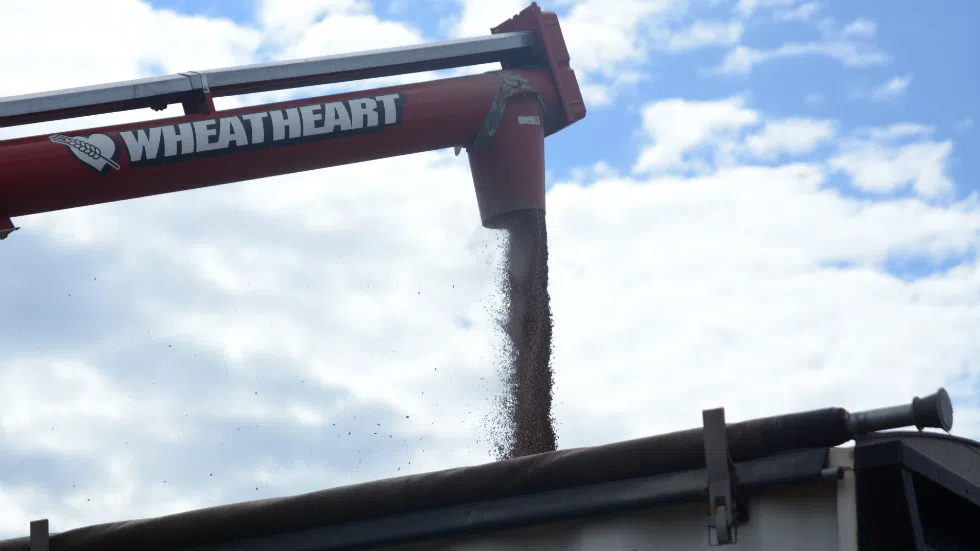
Rain still keeping farmers out of northwest fields
While farmers around the province are keeping on track with this year’s harvest, the northwest region is behind. But that’s not so unusual, when looking at recent years.
According to the crop report for the week ending Aug. 29, only five per cent of the northwest crop is in the bin, while another 35 per cent is swathed or ready to straight-cut. However, Daphne Cruise, crop management specialist with the Ministry of Agriculture, said that’s on par with the five-year average for the region. And it’s ahead of the average level of progress for swathing. But it’s behind the 13 per cent progress level one year ago.
“When it comes to the five-year average, it’s all over the map, and I think there’s a lot of crop ready in the northwest. It’s just a matter of getting a break in the weather to get at it,” Cruise said.
Any progress that was made happened when the rain let up on the weekend. Rainfall amounts for the week range from 44 mm at Turtleford, to 28 mm at the Battlefords, to just 4 mm at Speers.


